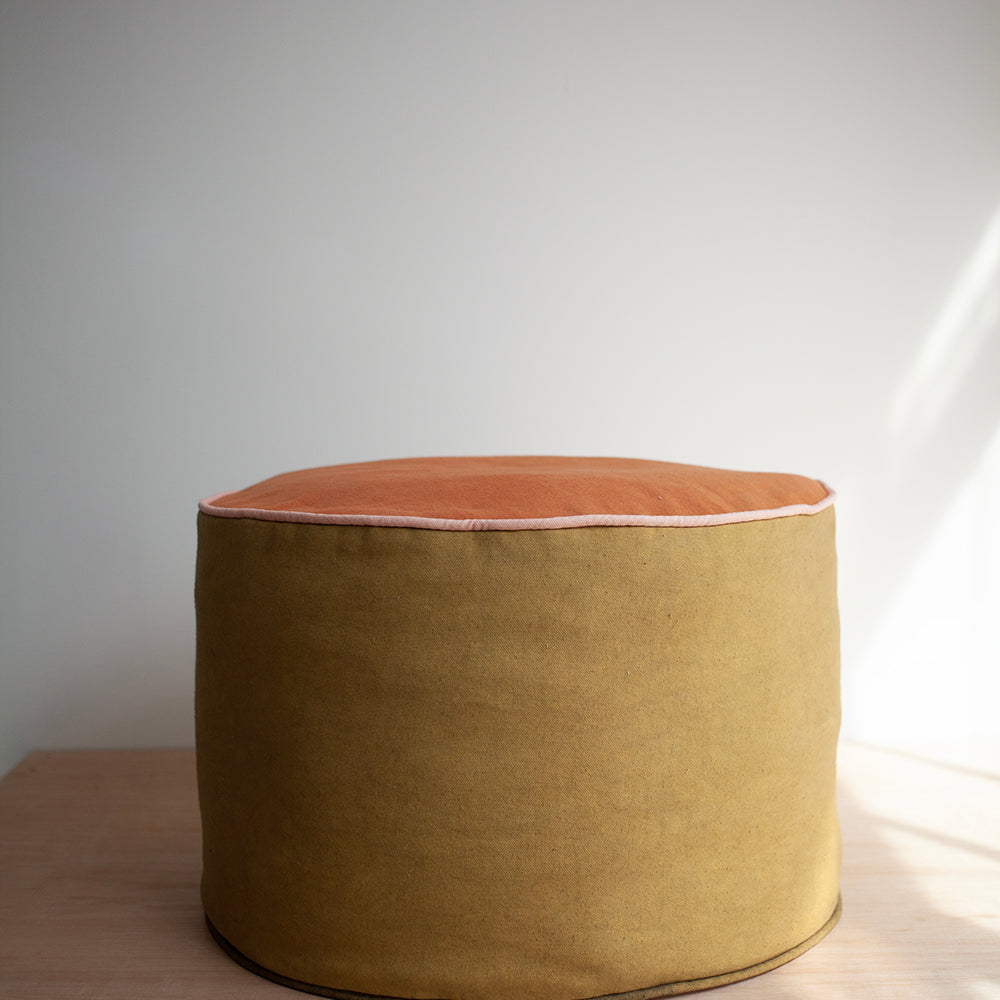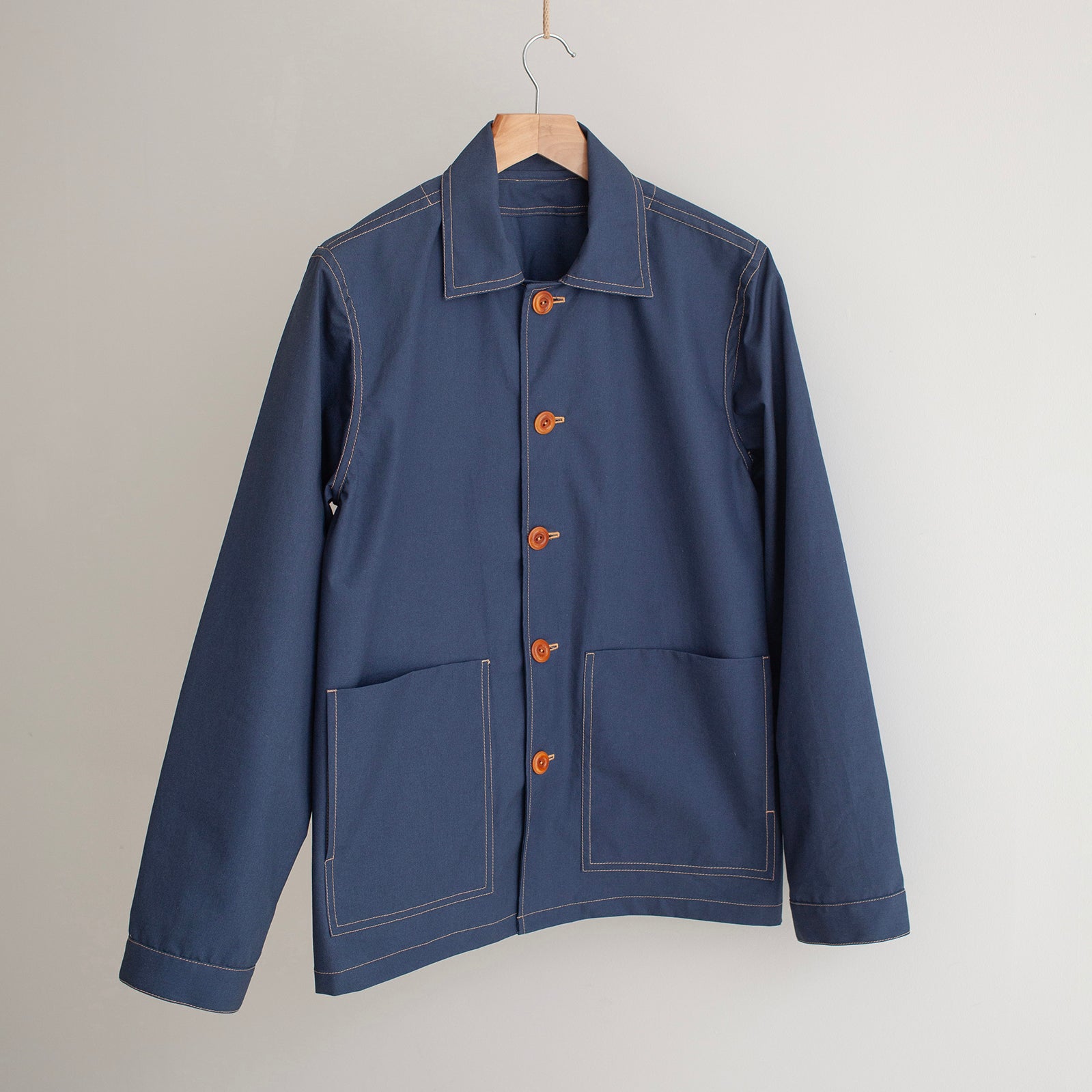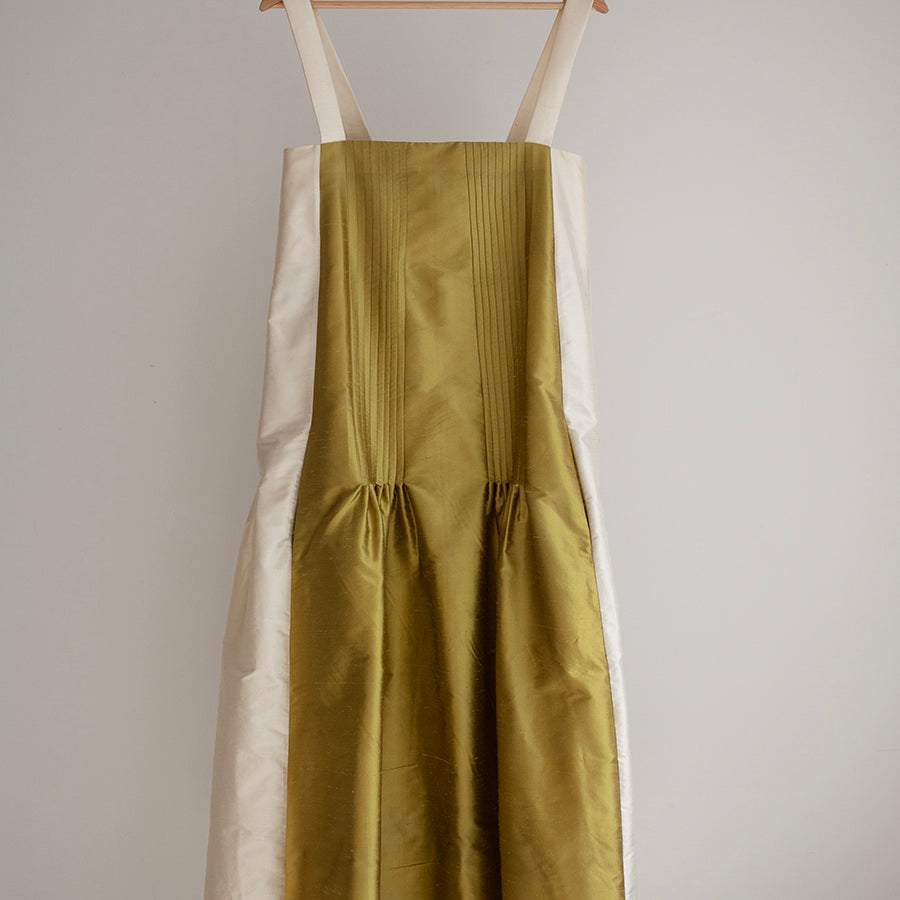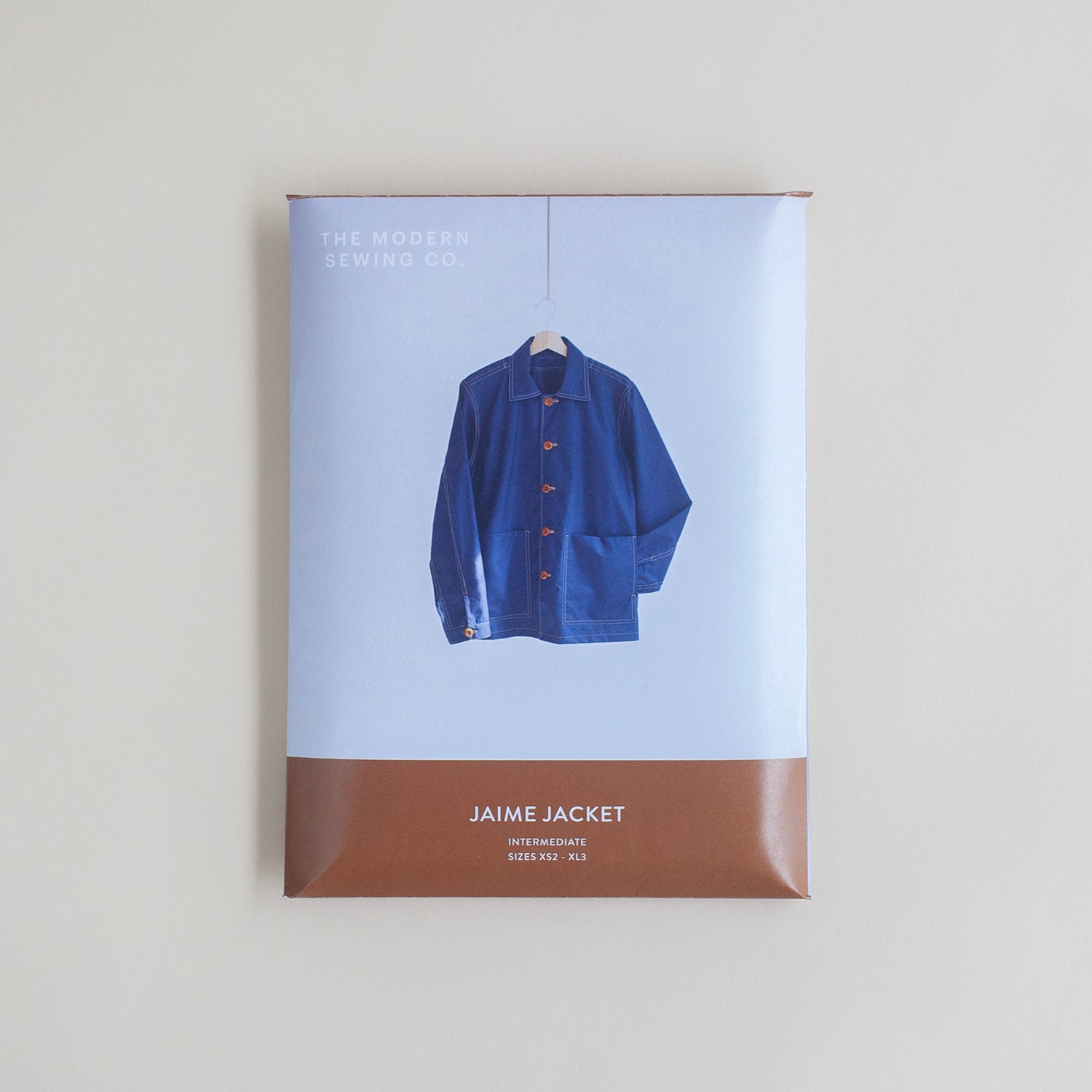It’s trouser month!
I know a lot of you have been building up to this month as woven trousers - also known as ‘hard pants’ - can be a challenge. I think this project should be broken down into two sections: fit and making.
Some of you have expressed nerves over getting a good fit for your trousers. It’s heartbreaking to spend hours and hours making a beautiful pair of trousers that don’t quite fit how you’d like. This month more than any other I recommend spending time on your fit to make sure you’re making a pair of trousers that work for you.
I have some tips on fit below and they mostly fall into two areas. If you’re usually fairly happy with how shop bought trousers fit you it might be that you can choose your size straight off or do a small grade between the waist and hip. However if you already know that trouser fitting for your body is a pesky business I recommend looking into the Top Down Centre Out fitting method. I have recently looked into this and I’m really impressed with how easy it makes fitting trousers. I go into much more detail about this further down.
I think for most people part of the fitting process this month will involve making a toile. The Top Down Centre Out method is a great exercise in understanding fit in relation to your body and so even if you’re really confident you don’t need to make a toile I recommend watching the videos to get an understanding of the process (I watched them on a quicker speed to save time)!
The work you do this month will lay the groundwork for next month so it’s worth getting your nerdy hat on and focussing on getting a really good fit. The idea with this capsule is to improve your sewing skills as well as make garments you’ll be wearing for years - so this is your opportunity to be curious about fit in relation to your own body.
I had planned to do a welt pocket tutorial but I think it will be overwhelming to throw more into the mix this month so I will share that next month. This month we’ll focus on getting the groundwork right and next month we can add some frills!

Fitting
To start thinking about fit I would begin by taking some measurements and see how they compare with the measurement charts for the pattern you’re choosing. You’ll start to get an indication of where you sit in comparison to the pattern and our company block. The three areas to focus on are:
Fit around waist and hip (measured widthways) - If your measurements fall into two different sizes you can use our guide on how to grade between sizes
Length of the rise (measured lengthways) - If you know you usually prefer a trouser rise that’s higher or lower you can follow our instructions on how to add or remove rise length.
Length of the legs - our straight legged trousers have length options, however if you’d like to add or remove length to the worker trousers we recommend doing so through the knee.
Refer to the ‘Using Our Patterns’ guide for instructions on all of the above.
Take your measurements and jot them down and do a quick comparison with the body and garment chart. Make a note of any differences you see - this could be that your waist to hip ratio varies or your body/leg length is longer or shorter. I think it’s a useful exercise to do before the next step.
Top Down Centre Out
When thinking about how best to support people in the process of trouser fitting I did a deep dive into the ‘Top Down Centre Out’ method. I’ve seen it mentioned a lot on instagram and when I finally looked into it properly I realised just how brilliant it is. It was developed by Ruth Collins (@ithacamaven) and in her own words, it’s ‘a holistic, body-neutral approach that takes you from pattern to garment with only one muslin test garment, or toile’.
As an introduction to the method I read this
blog by The Crooked Hem and then I followed up and watched all 8 of her
YouTube tutorials on how to implement it. If you’re really unsure on how to fit your trousers I highly recommend having a watch of these videos. It is so well explained and completely reframes the process of fitting to make it so much more achievable. Even as a pattern cutter I’m seriously impressed with the method she’s invented and I think it’s worth everyone watching the videos as it will probably change your perception of fit (it did for me)!
This is an exercise that I think is worth spending time on and so I recommend breaking this month down into achievable sections. Perhaps spend half of your allocated time this month on fit and toiling and the other half on sewing the trousers. In the same breath I think this project will probably demand the most amount of time from you in the whole capsule course so do try to give yourself plenty of time so you don't feel pressured or rushed.

Fly Tutorials
If you’re following a workshop the Worker Trousers show a button fly construction and the Daphne Trousers show a zip construction. You can skip to the relevant section of those videos to find your preferred fly method, even if you’re sewing a different style. We do also have the photo guides for both fly techniques.
Zip Fly Guide
Button Fly Guide
___________
Gallery
And now to share a bit about my trouser project this month!
I made a pair of Worker Trousers with a pleat hack. I wanted to keep things really simple while adding a bit of definition to the plain twill fabric and the pleat helped to achieve that.
You can find some instructions for adding a pleat below - if it's too much to do this month you can save the idea for a future project!
The only other detail I changed was playing with the belt loops. This is a really easy way to add your own personality to a garment so that's definitely an achievable mini-hack for this month!
I cut a size 10 with 1cm added to the rise as I have quite a long torso and 3cm of length added through the knee.
How to Add a Pleat








Good luck with trouser month! Take your time with this one as the extra care and attention will pay off.
If you have any questions you know where to find me!
Hetty
x

















